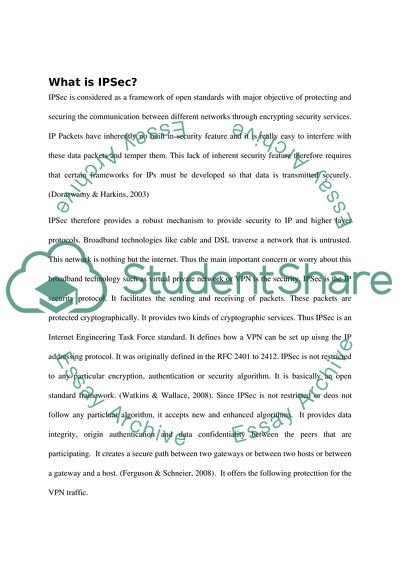Cite this document
(The Development of the Internet Protocol Security Research Paper, n.d.)
The Development of the Internet Protocol Security Research Paper. Retrieved from https://studentshare.org/information-technology/1740186-ipsec
The Development of the Internet Protocol Security Research Paper. Retrieved from https://studentshare.org/information-technology/1740186-ipsec
(The Development of the Internet Protocol Security Research Paper)
The Development of the Internet Protocol Security Research Paper. https://studentshare.org/information-technology/1740186-ipsec.
The Development of the Internet Protocol Security Research Paper. https://studentshare.org/information-technology/1740186-ipsec.
“The Development of the Internet Protocol Security Research Paper”, n.d. https://studentshare.org/information-technology/1740186-ipsec.


